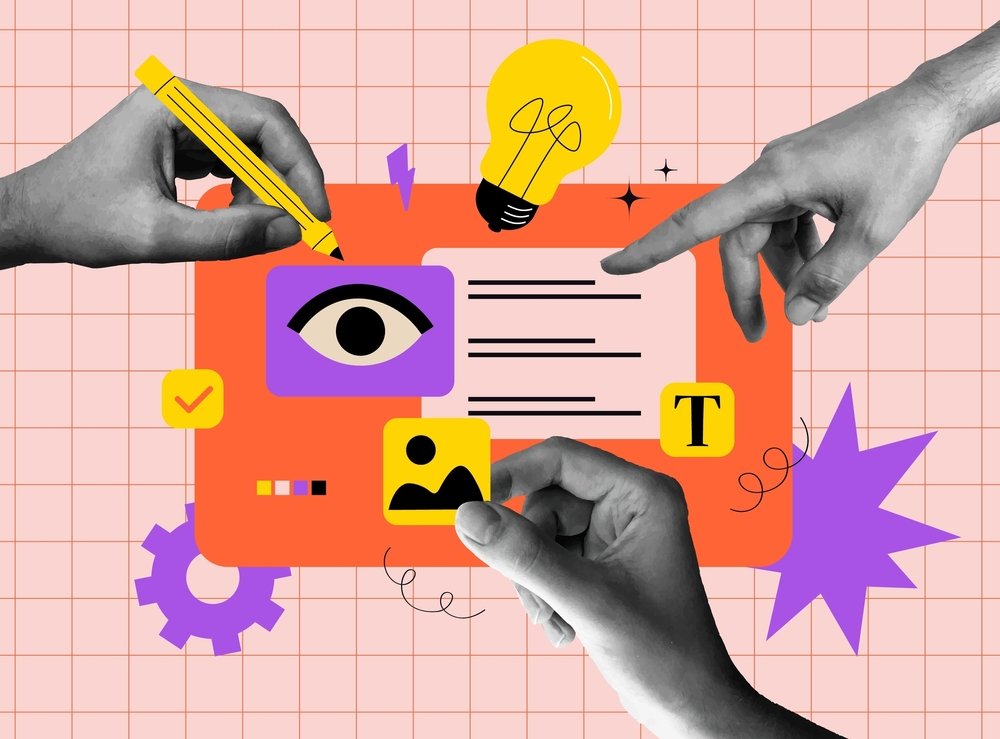Introduction: Why Staying on Trend Matters
The world of website design never stands still. Each year brings new ideas, technologies, and user preferences that reshape how businesses present themselves online. In 2025, website design is more than aesthetics—it is about creating seamless, engaging, and accessible experiences that keep visitors coming back. Whether you are a business owner or a designer, staying ahead of these trends could mean the difference between a thriving website and one that falls flat.
Minimalist Aesthetics with Bold Statements
Minimalism continues to dominate, but with a twist. Designers in 2025 are embracing clean layouts paired with striking elements like oversized typography and vibrant colors. This approach keeps pages fast-loading and uncluttered while capturing user attention with impactful visuals. Expect to see fewer elements on each page, but each one delivering more purpose and personality.
AI-Powered Personalization
Artificial intelligence is no longer a buzzword—it is a cornerstone of modern website design. Websites are using AI to adapt content, recommend products, and even adjust layouts based on visitor behavior. Imagine landing on a homepage that rearranges itself to fit your preferences—it’s no longer science fiction. This trend is especially vital for e-commerce platforms looking to enhance user engagement and drive conversions.
Micro-Interactions That Delight
Subtle animations and micro-interactions are becoming essential. From hover effects on buttons to animated loading screens, these small design details enhance user experience and provide feedback that makes navigation feel intuitive and enjoyable. In 2025, expect these interactions to be smoother, more sophisticated, and powered by lightweight technologies to maintain site speed.
Voice User Interfaces (VUI) and Accessibility
As voice search grows, so does the need for websites to integrate Voice User Interfaces. Websites are starting to feature voice navigation and commands, making them more accessible for all users, including those with disabilities. This aligns with broader accessibility standards that are no longer optional but expected by users and search engines alike.
Mobile-First and Responsive Design
Mobile usage still dominates internet traffic, and in 2025, responsive website design is not just best practice—it’s a necessity. Google’s mobile-first indexing reinforces this by prioritizing mobile-optimized sites in search results. Designers are creating fluid grids, flexible images, and seamless transitions across devices to ensure users have a consistent experience whether on a phone, tablet, or desktop.
Dark Mode and High Contrast Themes
Dark mode has evolved from a novelty to a user expectation. Websites offering high-contrast themes reduce eye strain and give users more control over their viewing experience. Expect more sites to include light/dark toggles, allowing visitors to choose their preferred mode effortlessly.
Advanced Typography for Strong Branding
Typography in 2025 is all about personality. Oversized, custom fonts are being used to communicate brand identity effectively. This trend is particularly popular in hero sections, where striking headlines paired with minimalist designs draw visitors deeper into the content.
How to Apply These Trends to Your Website
Integrating these trends does not mean you have to overhaul your entire site. Start by analyzing your current design and identifying areas that could benefit from updates. Prioritize mobile optimization, add subtle animations, and consider AI-based tools to enhance personalization. Collaborate with a professional website design company if you’re unsure where to start.
Conclusion: Stay Ahead with Future-Ready Designs
The future of website design is all about creating human-centric, adaptive, and visually engaging experiences. By implementing these trends, you can ensure your website stays relevant and competitive in 2025 and beyond. Ready to take your website to the next level? Partner with experienced designers who understand where digital aesthetics and functionality meet.
